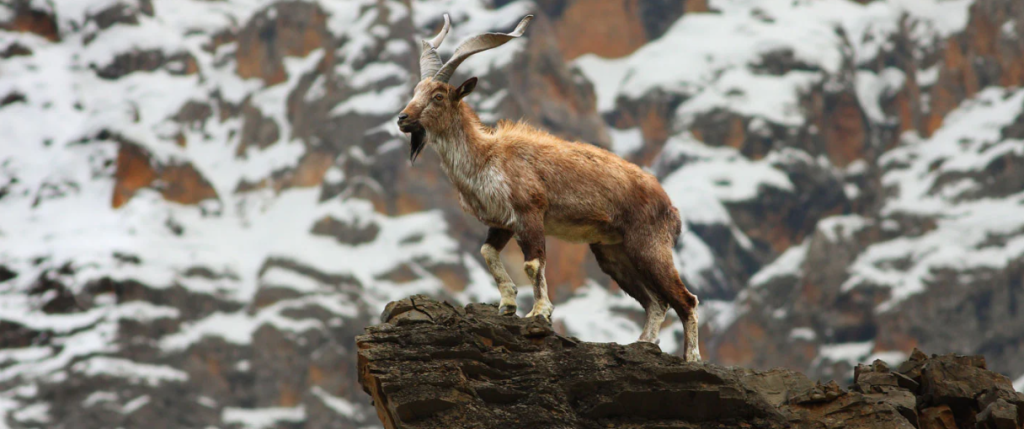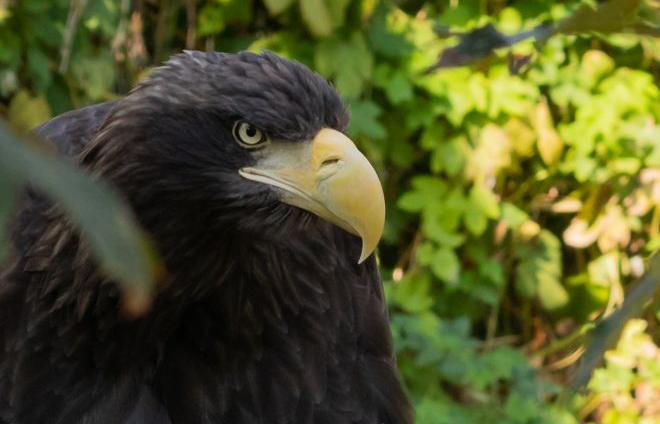Let’s talk about Cuba National Animal. Cuba is a country with a diverse range of wildlife, including several unique species found nowhere else in the world. One such species is the Cuban hutia, which is also the national animal of Cuba. In this article, we will explore the physical and behavioral characteristics, habitat, diet, reproduction, and cultural significance of the Cuban hutia, as well as its conservation status and threats.
Description of Cuba National Animal
The Cuban hutia (Capromys pilorides) is a large rodent that is endemic to Cuba. It is a member of the family Capromyidae, which includes several species of hutias found throughout the Caribbean. The Cuban hutia has a stocky body, short legs, and a round head with small ears and eyes. Its fur is dark brown to black, and it has a distinctive white or yellowish patch on its chest. Adult Cuban hutias can reach a length of up to 60 cm and weigh up to 7 kg.
Cuba National Animal: Habitat
Cuban hutias are found in a variety of ecosystems and habitats throughout Cuba, including forests, scrublands, and grasslands. They are primarily arboreal and are often found in trees, but they also spend time on the ground. Cuban hutias are excellent climbers and can jump from tree to tree using their powerful hind legs. However, they are also capable swimmers and can dive and swim for short distances.
Diet
The Cuban hutia is an omnivore and feeds on a variety of plant and animal matter. Their diet includes fruits, leaves, bark, seeds, insects, snails, and small vertebrates. They have strong jaws and teeth that allow them to crack open hard nuts and seeds.
Cuba National Animal: Reproduction and Life Cycle
Cuban hutias have a unique reproductive system that involves delayed implantation. After mating, the female hutia will delay the implantation of the fertilized egg in the uterus for several months. This allows for the optimal time for offspring to be born, usually during the rainy season when food is abundant. Females give birth to one or two offspring, which are born fully furred and with their eyes open. The young are weaned at around 2 months of age and become sexually mature at around 9 months.
Cultural Significance of Cuba National Animal
The Cuban hutia has played an important role in Cuban culture and folklore for centuries. They have been depicted in art, literature, and music as symbols of resilience, strength, and survival. They were also used for food and medicine by indigenous peoples and later by European settlers. Today, the Cuban hutia is an important cultural and ecological symbol of Cuba.
Conservation Status and Threats to Cuba National Animal
The Cuban hutia is currently listed as a vulnerable species by the IUCN Red List. Its population has declined due to habitat loss, hunting, and introduced species such as cats and dogs. Several conservation efforts are underway to protect the Cuban hutia and its habitat, including the creation of protected areas and the implementation of hunting restrictions.
Conclusion
The Cuban hutia is a unique and fascinating animal that has played an important role in Cuban culture and history. It is also an important symbol of resilience and survival in the face of environmental challenges. As a vulnerable species, it is crucial that we continue to protect and conserve the Cuban hutia and its habitat for future generations to appreciate and enjoy.
References:
Pacheco, V., & Rodriguez-Schettino, L. (2009). Capromys pilorides. The IUCN Red List of Threatened Species 2009: e.T10720A3201254. https://dx.doi.org/10.2305/IUCN.UK.2009-2.RLTS.T10720A3201254.en
Valdes, J. (2008). The natural history of Cuba. University Press of Florida.
Vogl, R. J. (2009). The Cuban hutia: A brief review of its natural history, conservation, and management. Mammalian Biology, 74(4), 288-294.

